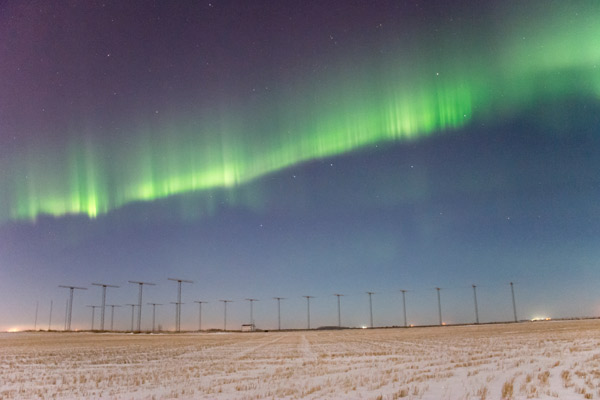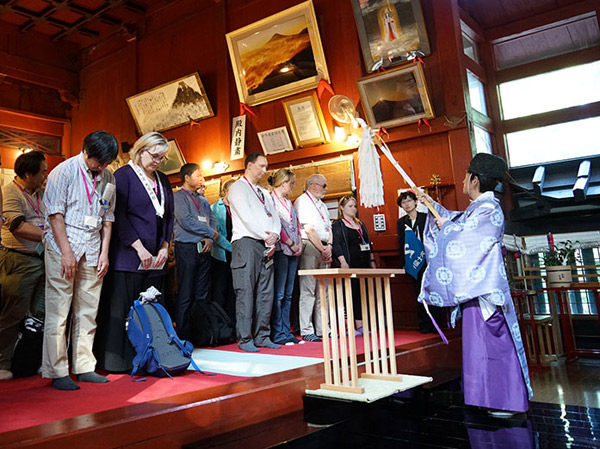
Physics professor appointed international SuperDARN chair
Dr. Kathryn McWilliams (PhD) will lead the council responsible for a scientific collaboration involving 11 countries
By Chris Putnam
University of Saskatchewan professor Dr. Kathryn McWilliams (PhD) has been appointed chair of the SuperDARN Executive Council.
SuperDARN—the Super Dual Auroral Radar Network—is an international scientific collaboration dedicated to studying Earth’s upper atmosphere using radar. Eleven countries and more than 30 radar sites around the world are involved.
McWilliams, who has served as principal investigator of the Canadian portion of SuperDARN since 2012, was elected chair of the executive council in June at SuperDARN’s annual meeting at the base of Mount Fuji in Japan.

Chairing the council is a heavy responsibility, said McWilliams, “but I am grateful for the vote of confidence from the international SuperDARN principal investigators, and I will do my best to represent them well.”
McWilliams, a professor of physics and engineering physics in the College of Arts and Science, is the third chair of the council since the research project began in 1992. She is the first Canadian to hold the job.
The SuperDARN Executive Council determines the processes and priorities of the radar network.
Overhauling SuperDARN’s data and software sharing methods to meet new international standards will be among the council’s main goals and challenges during McWilliams’ term as chair.
“I'm looking forward to helping the network improve data quality and increase the usability of the data,” said McWilliams.

The physics professor will serve a three-year term as chair, assisted by two deputy chairs.
SuperDARN Canada is headquartered at the Institute of Space and Atmospheric Studies at the University of Saskatchewan. Canada operates five SuperDARN radar sites, including one in Saskatoon.


